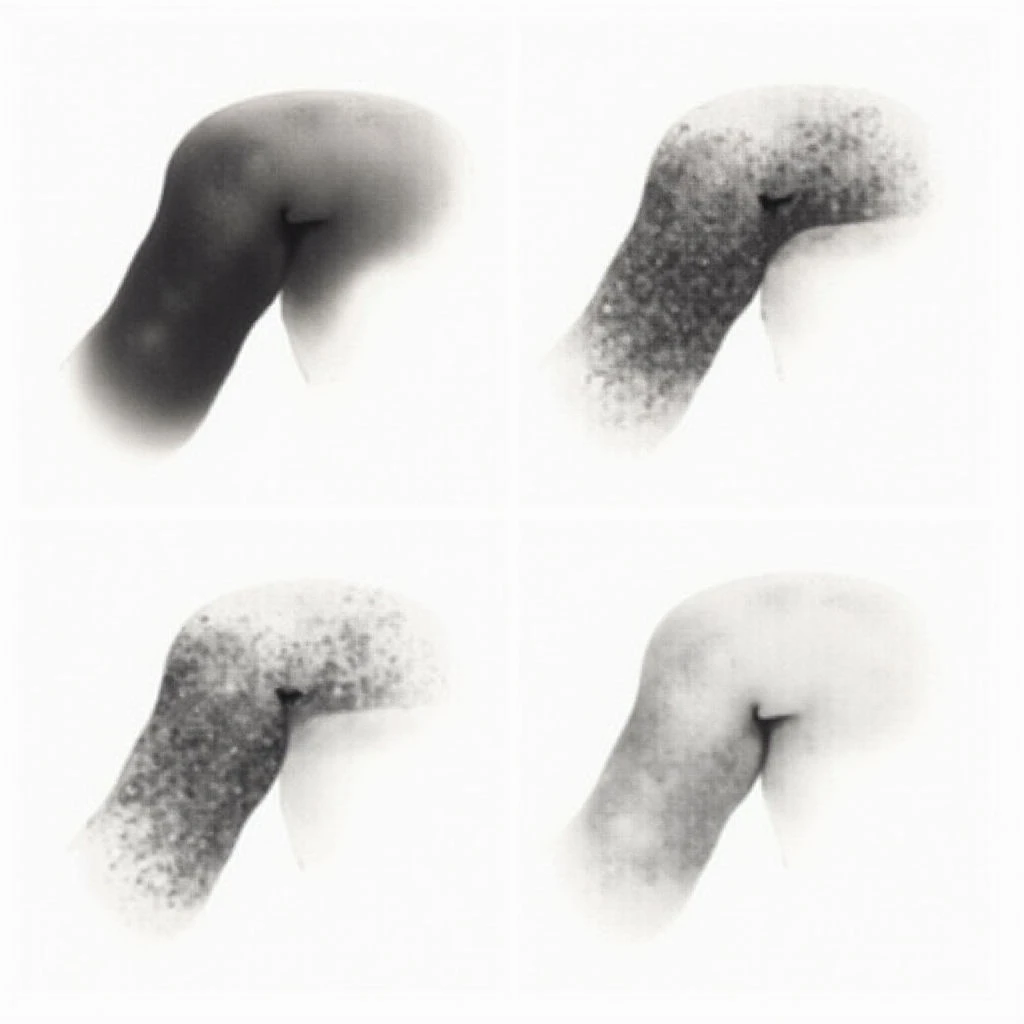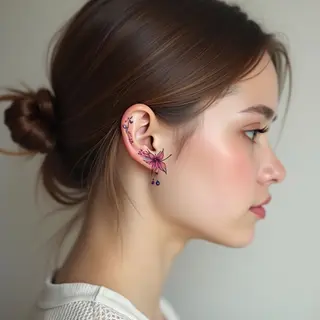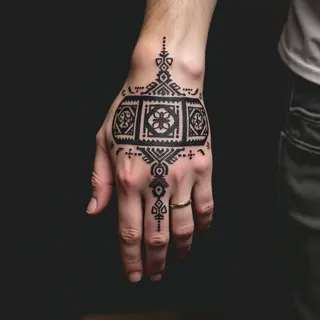Mastering Tattoo Shading: A Guide to Techniques
Tattoo shading techniques are essential for adding depth, contrast, and visual appeal. While line work defines the shape, shading brings it to life. Let's dive into some common methods used by tattoo artists.
Exploring Shading Methods
The right shading technique can dramatically change the look and feel of a tattoo. Here's a breakdown of some popular approaches:
Black and Grey Shading
This method relies solely on black ink, diluted with water to create various shades of grey. The key is varying the density of the pigment application – more pigment equals a darker shade. It’s a go-to choice for realism, portraits, and traditional designs where subtle nuances are important.
Dotwork Shading
Imagine creating an image using thousands of tiny dots! That's dotwork shading. The closer the dots, the darker the area appears, resulting in a unique textured look often seen in geometric or illustrative tattoos. It’s a bit more time-consuming but creates a really distinctive effect.
Watercolor Shading
Ever admired the delicate blending of watercolors? This technique aims to replicate that look in tattoos. Artists carefully layer colors, creating a translucent effect with soft edges and fluid shapes – perfect for organic designs.
Traditional Shading
Drawing from the roots of classic American traditional tattoos, this method uses solid black areas blended into lighter regions. The high contrast creates a bold and clear image – a hallmark of that style.
Choosing What Works Best
Ultimately, the best shading technique depends on your vision. Black and grey excels at realism; dotwork offers a unique texture; watercolor provides softness; and traditional shading delivers impactful contrast. Consider what you want to achieve with your tattoo.


